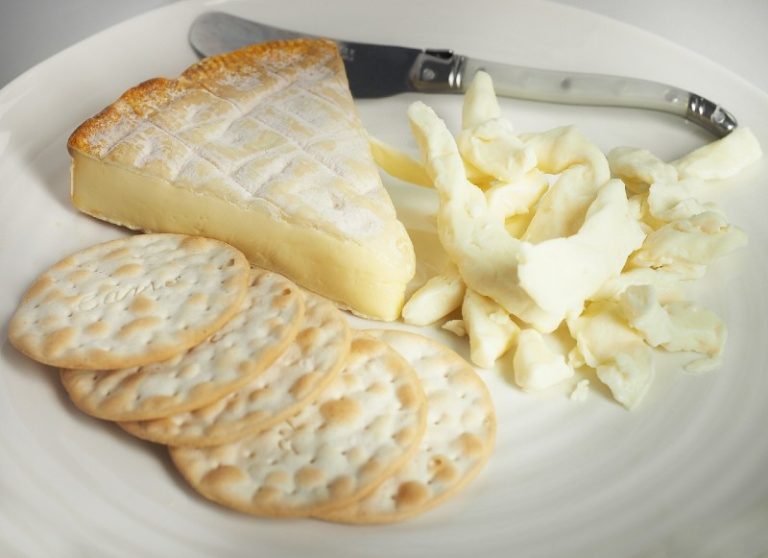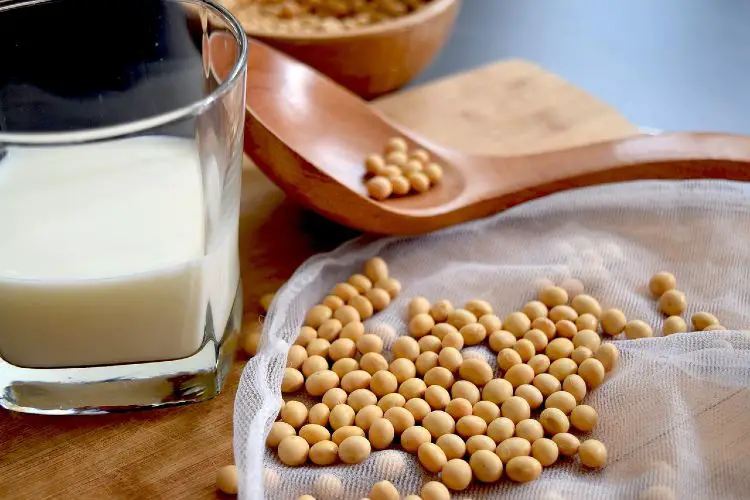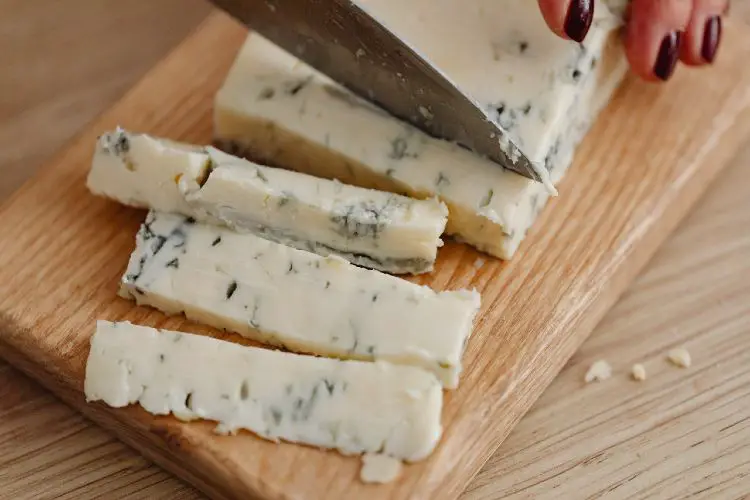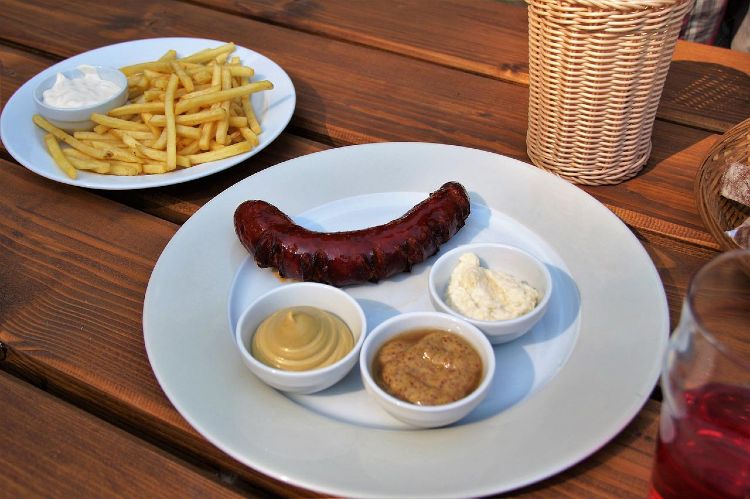“Gifts from the Garden” by Debora Robertson
“Gifts from the Garden” by Debora Robertson {published by Kyle Books} is an attractive and useful guide on creative, seasonal gifts to make with flowers, herbs, fruits and vegetables you may have grown, foraged or bought. There are over 100 projects, and for foodies there are herbal teas, spice rubs, toffee apples, herb window boxes, homemade pesto, jams, chutneys, pralines and liqueurs as well as ideas on how to present your gifts.
Debora is associate food editor at RED magazine and works at River Cottage HQ for Hugh Fearnley-Whittingstall, who writes his own endorsement, with which it would be difficult to disagree: “…Gifts made from things you’ve grown are always gifts from the heart – a great pleasure to give and to receive.” She also writes a popular Blog, called Love and a Licked Spoon at www.lickedspoon.blogspot.com.
The book includes sections on how to grow the raw ingredients which are then used to prepare preserves, pickles, lotions or bath time treats, a list of suppliers and where you can find projects by category: e.g. home, kitchen and beauty. In the first chapters the reader is shown how to collect seeds, take cuttings, plant out tender seedlings and care for our plants. Being relatively new to growing my own food, I have learned the value of storing seeds and keeping heirloom varieties as a store of value for ourselves and future generations in glassine bags. Debora advises giving small plants in pretty containers, such as teacups or decorative, bright tin cans: planting on after a week or so allows the plant to survive and thrive.
The layout consists of a recipe or project per double page and for each project there are clear instructions showing you how to grow or care for what is used in the project, step by step, with beautiful drawings and photographs by Yuki Sugiura.
My Persian mother was visiting at the time I was writing my review, and we were most interested in the caraway flatbreads and vegetable crisps for a dinner party.
The recipes were simple and I had all the ingredients already in the larder, a perfect combination for party cooking. Alternatively cooks could use cumin, anise, nigella, celery, fennel or sesame seeds. We made half the flatbreads with caraway and the other half with celery seeds: the recipe was reasonably accurate in its instruction, they tasted delicious and were enjoyed by all, although, as with many baking recipes we had to bake the flatbreads for longer than suggested, thirteen minutes rather than the suggested five. The vegetable crisps were not as successful: the carrot and beetroot tasted burned by the time the parsnip was fully cooked, although the latter was delicious. It would have been more accurate to make the carrot and beetroot slices slightly thicker or bake them on separate trays, taking the beetroot and the carrot out of the oven sooner than the parsnip.
Overall, this is a very useful and practical book for someone who either has access to lots of fresh herbs and flowers, forages, or grows their own produce. Such a book might well encourage and inspire more people to grow and make their own gifts in these recessionary times. It also encourages a connection with seasonal bounty. As Debora says, “Making your own presents enhances your awareness of – and delight in – the passing seasons in unexpected ways”.
Further Reading
Kyle Books: www.kylebooks.com
Follow @Kyle_Books
Debora Robertson: www.lickedspoon.blogspot.com
Follow @lickedspoon




